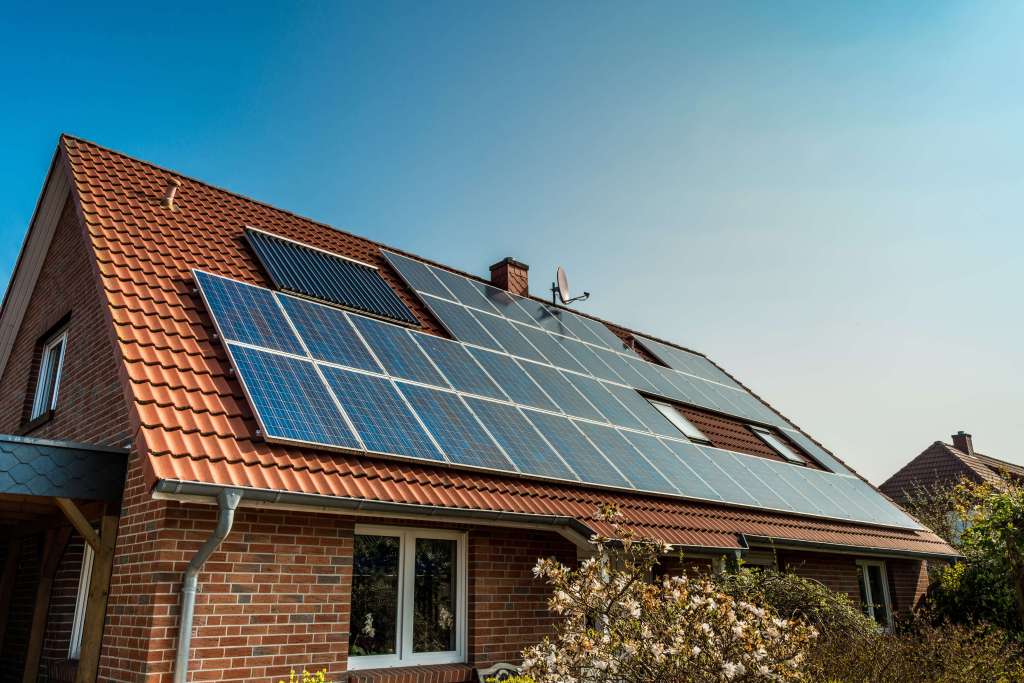Government plans to increase the minimum Energy Performance Certificate (EPC) rating for rental properties represent a fresh challenge for landlords.
Read on to find out why energy efficiency improvements could cost more than landlords are willing to pay, and whether it’s possible for all rental housing stock to achieve a higher EPC rating.
Almost half of landlords unaware of proposed EPC changes
The government is planning to extend the Minimum Energy Efficiency Standards (MEES), but not all landlords are up to speed.
According to a survey of 800 landlords by buy-to-let lender Paragon, almost half of respondents (42 per cent) have no awareness of the proposed changes, while 28 per cent are aware but have a poor understanding of the details.
Draft proposals suggest that the minimum EPC requirement for rental properties could be increased to C for new tenancies in 2025 and existing tenancies in 2028.
The government has yet to respond to a 2020 consultation on improving energy efficiency in the rental sector, while a Private Members’ Bill on the same subject was launched earlier this year but it hasn’t made any progress through parliament.
Although it’s not clear whether the changes to MEES will come into force, it’s important for landlords to understand how they could be affected if the rules are tightened.
Funding gap: landlords could struggle to pay for improvements
If the minimum EPC requirement is increased, many landlords will need to spend money on improvements such as installing insulation or solar panels.
Paragon’s research identifies a shortfall between what landlords are willing to pay and how much the improvements will actually cost.
Over three quarters of those surveyed (77 per cent) said they’d be willing to spend up to £3,000 to bring each property they own to an EPC rating of C or above.
However, 78 per cent of landlords would need to spend more than £3,000 to improve the energy efficiency of their property. Paragon’s report, The rental sector energy challenge, estimates that on average it costs £10,560 to upgrade a property to an EPC rating of C.
A Simply Business survey from earlier this year paints a similar picture:
- 19 per cent of landlords estimated that they’ll have to spend over £10,000 on improvements
- 27 per cent anticipated a spend of between £5,000 and £10,000
Of those landlords who’d need to make improvements to their properties, 33 per cent said they’d do the minimum and continue letting. Meanwhile, over a fifth (21 per cent) said they’d be more likely to stop letting or sell the property than make improvements.

diyanadimitrova/stock.adobe.com
How would buy-to-let property investors fund green improvements?
With energy efficiency improvements set to cost landlords thousands of pounds, many will be thinking about how they could pay for them.
Paragon’s study found that 60 per cent of landlords would use their savings. Other ways of funding improvements included:
- increasing tenants’ rents (27 per cent)
- using government funding such as a grant (19 per cent)
- getting a loan or an advance from a mortgage lender (8 per cent)
- releasing equity from their property portfolio (7 per cent)
Is it possible for rental properties to achieve higher EPC ratings?
Even if landlords commit to improving the energy efficiency of their properties, it may not be possible for all homes to meet a minimum EPC rating of C.
Non-compliant landlords would have to stop letting their properties if the extension of MEES goes ahead.
According to Paragon, 13.5 per cent of homes had an EPC rating of A, B, or C in 2009 – rising to 38.3 per cent by 2019.
However, analysis of English Housing Survey data by letting agent trade body Propertymark suggests that 40 per cent of rental housing stock wouldn’t reach a C rating by 2020.
This is based on the number of rental properties with an EPC rating of C increasing from 19 per cent to 39 per cent between 2012 and 2020.
Could new EPC targets lead to buy-to-let exodus?
Propertymark is calling on the government to scrap its one-size-fits-all approach to avoid losing properties from the rental sector if they can’t reach a C rating, or if the improvements are too expensive.
It says various factors should be taken into account when a property’s energy efficiency is assessed, including its age, size, and condition.
Timothy Douglas, Head of Policy and Campaigns at Propertymark, commented: “We knew it would be a huge challenge for the PRS to achieve the proposed 2028 target because the owners of rental properties will not directly benefit from lower energy bills, so where is their incentive? The data in the English Housing Survey shows just how far there is to go.
“[Letting] agents are already seeing rental properties disappearing from the market for various reasons and there is a real danger more could go with the EPC rating target hanging over them.
“Propertymark supports moves to improve the energy efficiency of property types and will continue to lobby for a national retrofit strategy with realistic, fair and achievable targets alongside dedicated, long-term grants that consider each property’s individual characteristics.”
How much would it cost you to improve your rental property’s EPC rating? Let us know in the comments below.
Get set with tailored landlord cover
Over 200,000 UK landlord policies, a 9/10 customer rating and claims handled by an award-winning team. Looking to switch or start a new policy? Run a quick landlord insurance quote today.
Daisy Daisy/stock.adobe.com
Daisy Daisy/stock.adobe.com
